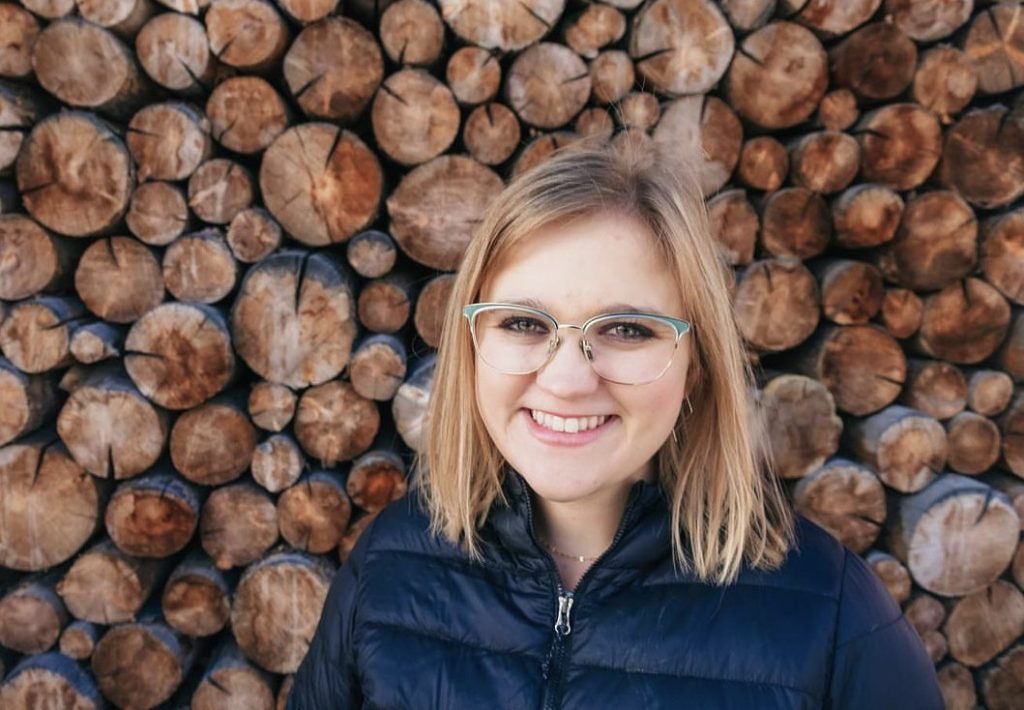Spanish Level 4- Face-to-Face Activities
👋 Spanish Level 4, Activity 01: Get to know you Bingo/Interés Bingo (Face-to-Face) Remix by Abby Cain
Remix By Abby Cain
Weiser High School
Description: Students will discuss their preferences and defend and support their ideas. Students will exchange opinions on a variety of topics through a game of bingo. This activity was revised for a high school Heritage Spanish Speakers class. One of the goals with this class is for students to be able to articule and defend their point of view, even when it is abstract. By adding an intercultural compononent to this activity, students will go beyond themselves and explore the perspectives of their classmates.
Semantic Topics: Interests, situations, preferences, technology, give and defend opinions, hobbies, open questions situaciones, tecnología, opiniones, preguntas abiertas
Grammatical Structures: el presente, la forma “yo”
Products: Technology, board games, art, transportation
Practices: Working with multiple partners
Perspectives: What kinds of questions and/or topics are appropriate when trying to get to know someone?
Relevant ACTFL World-Readiness Standards:
- Standard 1.1 Students engage in conversations, provide and obtain information, express feelings and emotions, and exchange opinions.
- Standard 1.2 Students understand and interpret spoken and written Spanish on a variety of topics.
- Standard 1.3 Students present information, concepts, and ideas in Spanish to an audience of listeners or readers on a variety of topics.
Relevant Idaho State Standards:
- COMM 1.1 – Interact and negotiate meaning (spoken, signed, written conversation) to share information, reactions, feelings, and opinions
- COMP 1.1 – Observe formal and informal forms of language.
- COMT 1.2 – Discuss personal preferences in activities and events both within and beyond the classroom.
- COMM 3.1 – Present information, concepts, and ideas to inform, explain, persuade, and narrate on a variety of topics using appropriate media in the target language.
Relevant NCSSFL-ACTFL Can-Do Statements:
- I can give reasons for my preference I can chat with a partner to defend and support my position for why I believe one opinion is more relevant than another.
- I can create open-ended questions in order to spark conversation with my partner.
- In my own and other cultures I can compare products related to everyday life and personal interests or studies.
Materials Needed:
- Bingo Cards
- Slideshow
- Whiteboards Dry or Wet Erase Markers
Warm-Up
Materials Needed for Warm-Up:
- Slideshow
- Whiteboards Dry or Wet Erase Markers
- Begin by introducing the Can-Dos for today’s activity and distributing the “Materials Required for Warm Up” to each student.
Hoy vamos a conocernos con un actividad de conversación. - There will be two lines of people and seven questions on the screen. The students will talk in partners and they have 30 seconds to ask and answer the question of their choice. Once done, one line will rotate down a person to create new partners.
Tienen que estar en dos filas. En parejas, ustedes van a escoger una pregunta de la lista en la pantalla. Tienen 30 segundos para preguntar y contestar la pregunta. Después van a cambiar las parejas y una fila va a moverse.
If you do a daily bell ringer or warm-up, this would be a great way for students to think before they share. You can ask them to write down the answers to 3 of the conversation questions. (Think, pair, share).
Main Activity
Materials Needed for Main Activity:
- Bingo Cards
- Slideshow
- Whiteboards Dry or Wet Erase Markers
- Give students bingo cards
- Students will ask questions to each other based off of the topic on the card
Cada tarjeta tiene temas de conversación. Hagan preguntas abiertas sobre los temas de las tarjetas a sus compañeros - Once the student answers, they sign that square. Then the other person can ask a question. Students will move around the room asking questions and getting different signatures on the card. Students should try to get a BLACKOUT (getting a signature on each square) or BINGO (by asking students questions about pictures in a row) Do whatever you have more time for (blackout takes longer)
Despues de habla con una persona, escribe tu nombre en su tarjeta. Cambia compan˜eros y haga una pregunta a un nuevo compan˜ero. La meta es obtener un lotería de cinco cuadrados (o un blackout)
Wrap-Up
- Ask the following questions as a wrap up:
- ¿Qué han aprendido sobre tus compañeros durante el lab?
- ¿Cuál fue tu tema favorita de la tarjeta y porque?
End of Activity
Read Can-Do statements once more and have students evaluate
their confidence.
(Use thumbs up/thumbs down or download our student cards.)
Encourage students to be honest in their self-evaluation.
Pay attention, and try to use feedback for future activities!
NCSSFL-ACTFL Can-Do Statements:
- I can give reasons for my preference I can chat with a partner to defend and support my position for why I believe one opinion is more relevant than another.
- I can create open-ended questions in order to spark conversation with my partner.
- In my own and other cultures I can compare products related to everyday life and personal interests or studies.


